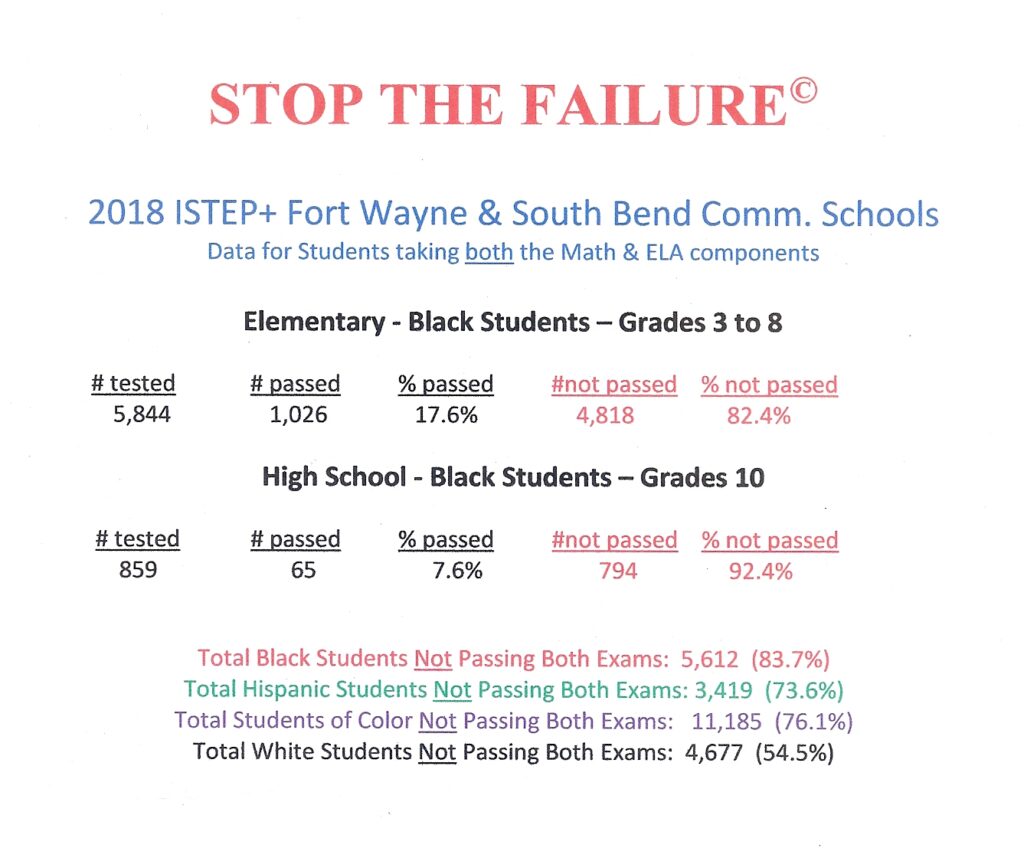We must not get so caught up in our own enthusiasm we forget there will be other children who will return to school with trepidation. Many of these children have taken refuge in such things as shelter-in-place, quarantine, social distancing, and remote learning. For them, the return to school will be traumatic and teachers and administrators must be prepared to recognize the signs and help such students make the transition. We have all read about the mental health crisis facing children, post coronavirus. Post-traumatic stress disorders can have a devastating impact on the lives of children as well as adults.
There will be many children from families whose lives have been forever altered by the coronavirus. Many will be grieving for family members whose lives have been lost or have had to deal with the trauma of separation from loved ones during prolonged hospitalizations. The children of these families have had to live and may still be living with the fear they and other members of their family are vulnerable and may face greater risks upon return to school.
As teachers strive to form relationships with and address the varied emotional issues with which their students will be dealing, they must begin to assess and address the disparity between what students have or have not learned during long stretches of remote learning. Given the variance of the progress or regress of students, do we choose to remain loyal to a tradition of moving students forward as a class, from one benchmark to the next, per our respective state’s academic standards or, do we try something new that will allow us to focus on building relationships and differentiating based on the unique needs of our students?
Do we encourage students to share their experiences from the last eighteen months using oral, written, and other forms of communication or expression? Would such stories be beneficial in helping children of such divergent points of view gain better insight into classmates who view and interpret the world through different lenses?
Given the crises we have faced, even if from different perspectives, how fervently do we seize the teaching/learning opportunities presented by the full range of events of the last few years? How do we factor in the demands of parents concerned what we teach in school will conflict with what they teach at home? Will there ever be a better time to use current events to broaden the perspectives of our young people and find our way out of a contentious political and social environment where the truth has become whatever we choose it to be?
Even if we choose not to incorporate such discussions, formally, it seems inevitable these issues will come up during the normal course of events. How do we prepare our teachers to deal with them?
Has there ever been a better time teach our students the value of education and how the knowledge and skills they acquire will determine the number and kinds of choices and opportunities they will have as they transition from childhood to the responsibilities of citizenship? It will not be many years before today’s students will be tomorrow’s leaders, faced with the challenge of seeking resolution of many if not all these issues, or finding common ground. Do we strive to help them prepare for that responsibility or do we shun our own responsibilities?
The experiences during the coronavirus and such controversies as the Covid Pandemic hoax, social distancing, anti-vaccine protests, mask mandates, and other conspiracy theories have changed us and have changed the world. Some changes have frightening implications for the future. The blessing is, the Covid pandemic has provided an incredible opportunity to make a fresh start, to do something new and exciting in many aspects in our lives, not the least of which is education. Has there ever been a better time to reimagine the education process that dictates how we go about educating our children.
The reader is urged to examine The Hawkins Model© created to provide a new way to help our students learn as much as they are able at their own best pace, even in such times as these. An overview of The Hawkins Model© can be found at www.melhawkinsandassociates.com. Please examine it not seeking reasons why it will not work rather striving to imagine what it would be like to teach and learn in such an innovative environment.


